|
ID |
Nickname |
Country / City |
Languages |
Taxonomies |
Comment |
Project / Group |
Map |

|
46170
|
|
United States
Honolulu
|
|
|
This would be an example of Hawaiian. It’s pretty neutral on being for both locals and tourists mainly because it’s in Longs. It uses Keiki to communicate to both that it’s for kids and has nice fun designs that could be appealing to either side.
-NIP
|
Multilingual Hawaiʻi
|
|

|
47194
|
|
United States
Honolulu
|
|
|
The domain in this photo is branding and commodification. The Hawaiian in this case is “Hula Pahu” and this is the title of the book. It is also a direct translation of the subtitle, “drum dance”. The purpose of using Hawaiian adds credibility to the book because it talks about Hawaiian culture. It is natural to put the Hawaiian language when talking about Hawaiian culture. The book is specifically targeted on people who want to learn about Hawaiian culture specifically hula. This is printed on card-stock and paper. The implied message is to educate people about hula. - CQ
|
Multilingual Hawaiʻi
|
|
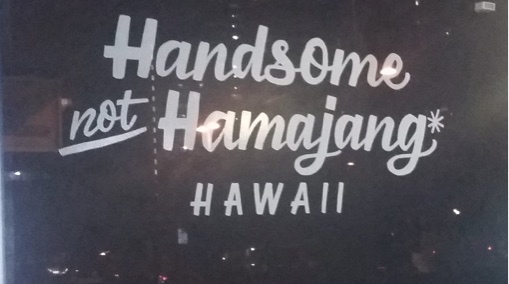
|
39003
|
|
United States
Honolulu
|
|
|
—
|
Multilingual Hawaiʻi
|
|

|
44123
|
|
United States
Honolulu
|
|
|
This is the menu at South Shore Grill. We see the use of Pidgin in this menu to showcase their “local favorites”; “keiki dog,” “small kine”. The intended audience is both local and foreigner customers. AJR
|
Multilingual Hawaiʻi
|
|
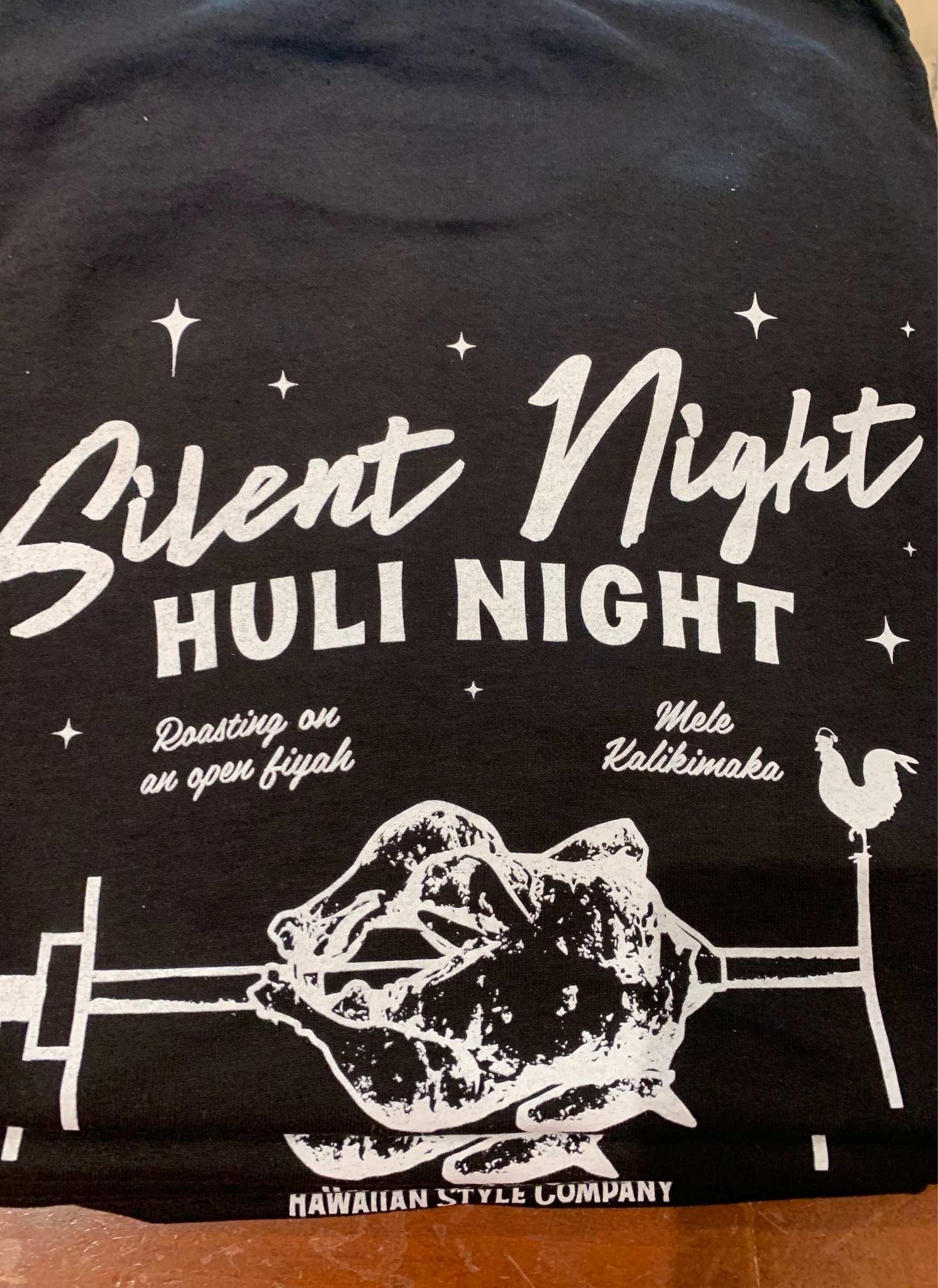
|
46171
|
|
United States
Honolulu
|
|
|
This is an example of Pidgin and Hawaiian. With Huli and being a cooking style. And Mele Kalikimaka being merry Christmas in Hawaiian. While fiyah is spelt in the Pidgin style and the whole of the shirt being a more local oriented design.
-NIP
|
Multilingual Hawaiʻi
|
|
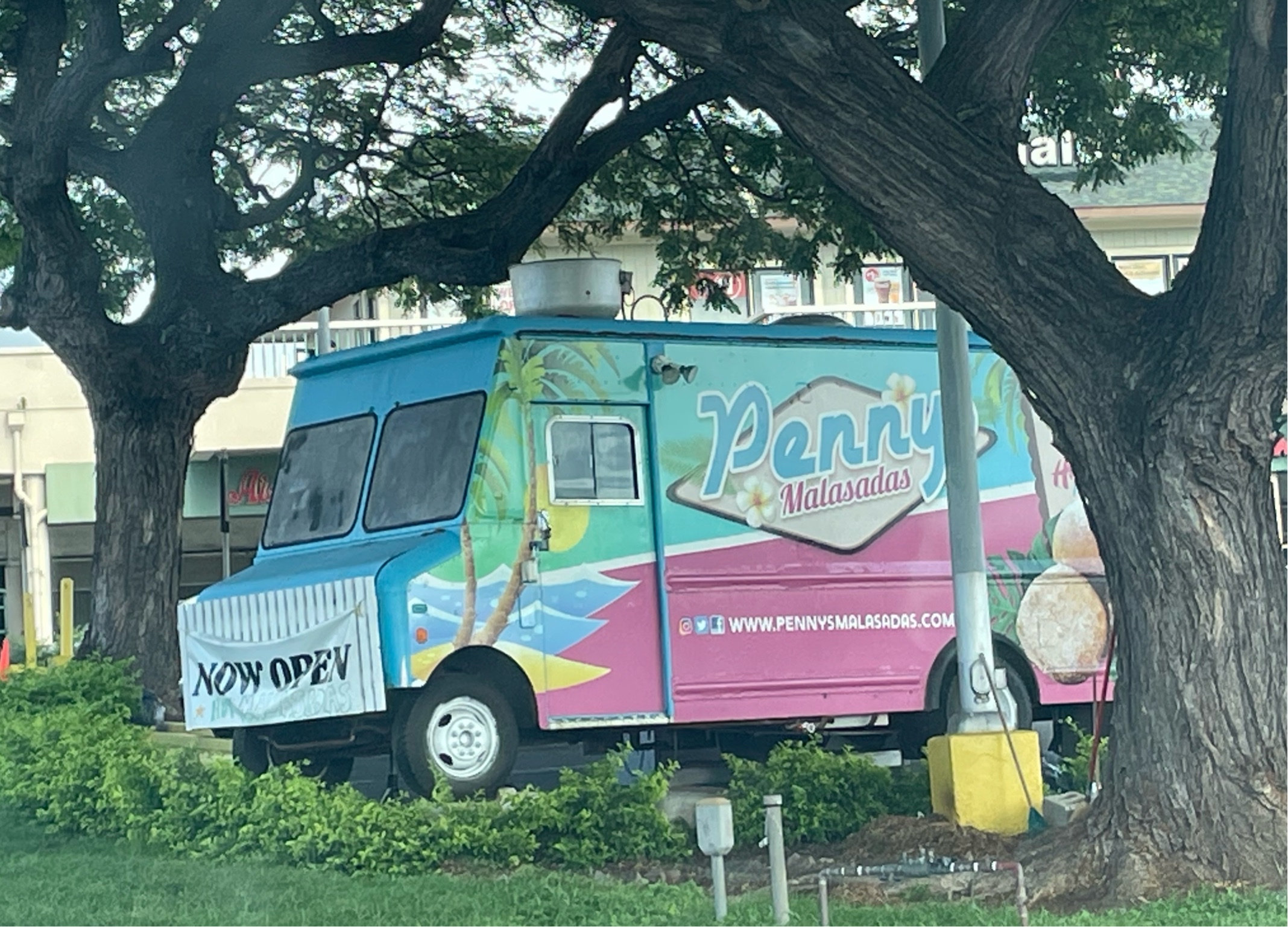
|
47195
|
|
United States
Aiea
|
|
|
EL-S Checkup #3: This was taken in a parking lot of the Aiea Shopping Center. The domain is a shopping center/food truck. The Pidgin that is recognized is Malasadas, which is a dessert that’s fried and has sugar on top. It’s a local delite. The audience would be locals who are looking for something sweet to snack on or tourists who are curious to try it.
|
Multilingual Hawaiʻi
|
|
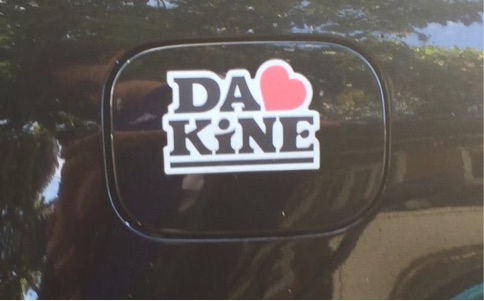
|
39004
|
|
United States
Honolulu
|
|
|
—
|
Multilingual Hawaiʻi
|
|
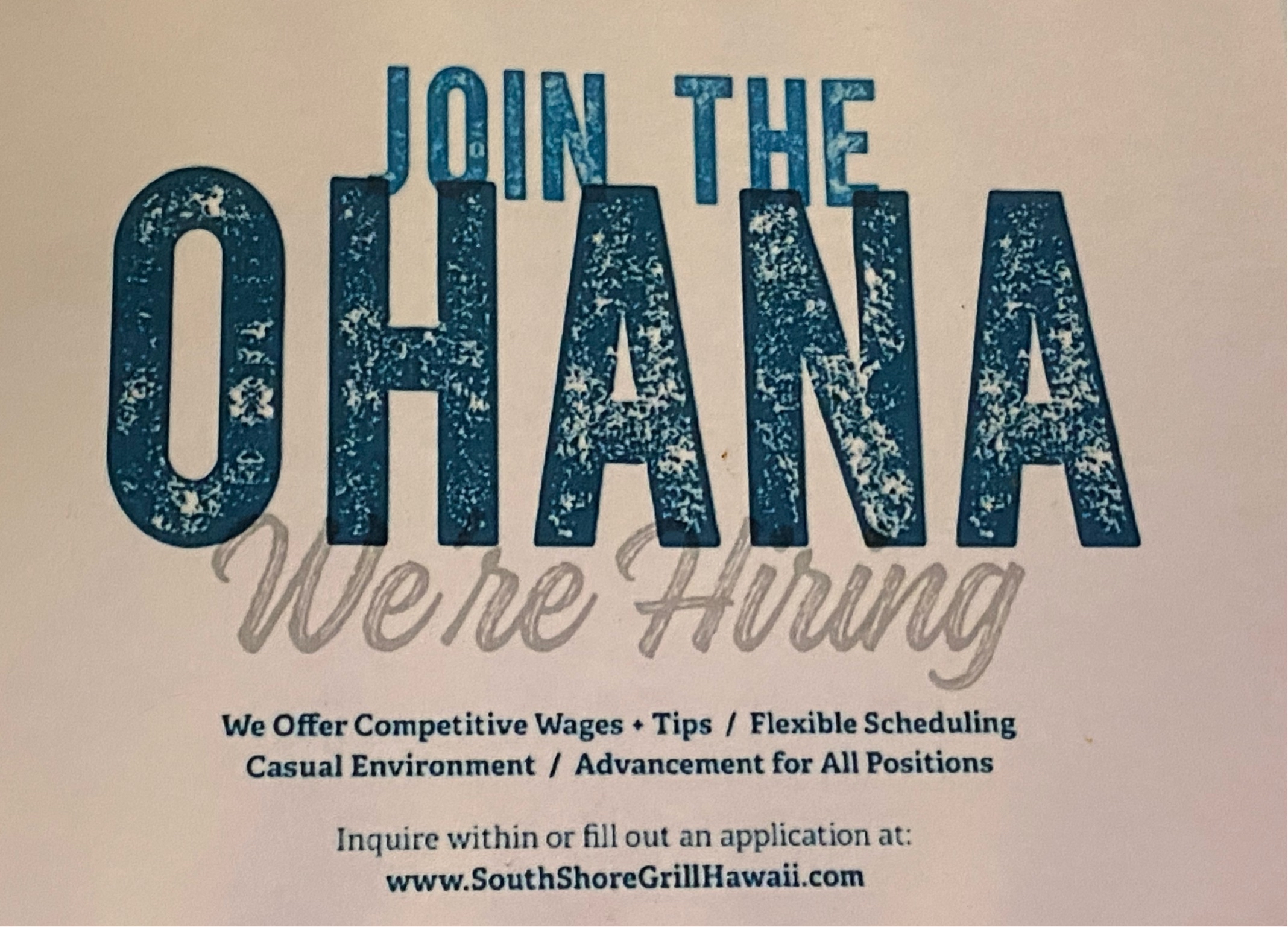
|
44124
|
|
United States
Honolulu
|
|
|
I would consider this Pidgin because it incorporates both English and Hawaiian in the phrase “Join the Ohana”. This is another poster up at South Shore Grill. The intended audience can also be both locals and people of other ethnic groups living on the island. AJR
|
Multilingual Hawaiʻi
|
|
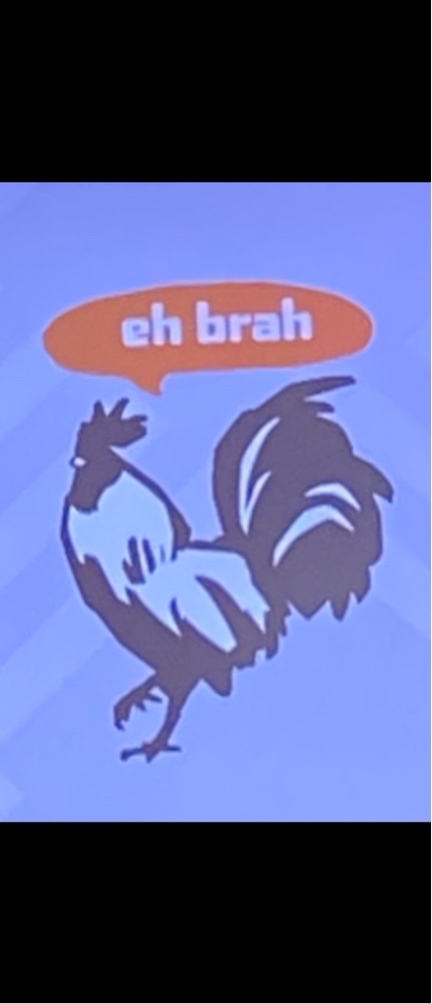
|
46172
|
|
United States
Honolulu
|
|
|
Image of Rooster speaking pidgin 2 things known in Hawaii being displayed. “Eh brah” meaning can be used like saying Eh brah no worries. LM
|
Multilingual Hawaiʻi
|
|

|
47196
|
|
United States
Aiea
|
|
|
EL-S Checkup #3: The Pidgin that is being used in this picture is “Shaka.” it’s a hand gesture that many people use here that could mean welcome or sending love. The domain is a grocery store. The audience would be grocery shoppers and people looking trying something new.
|
Multilingual Hawaiʻi
|
|
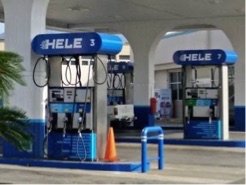
|
39005
|
|
United States
Honolulu
|
|
|
—
|
Multilingual Hawaiʻi
|
|
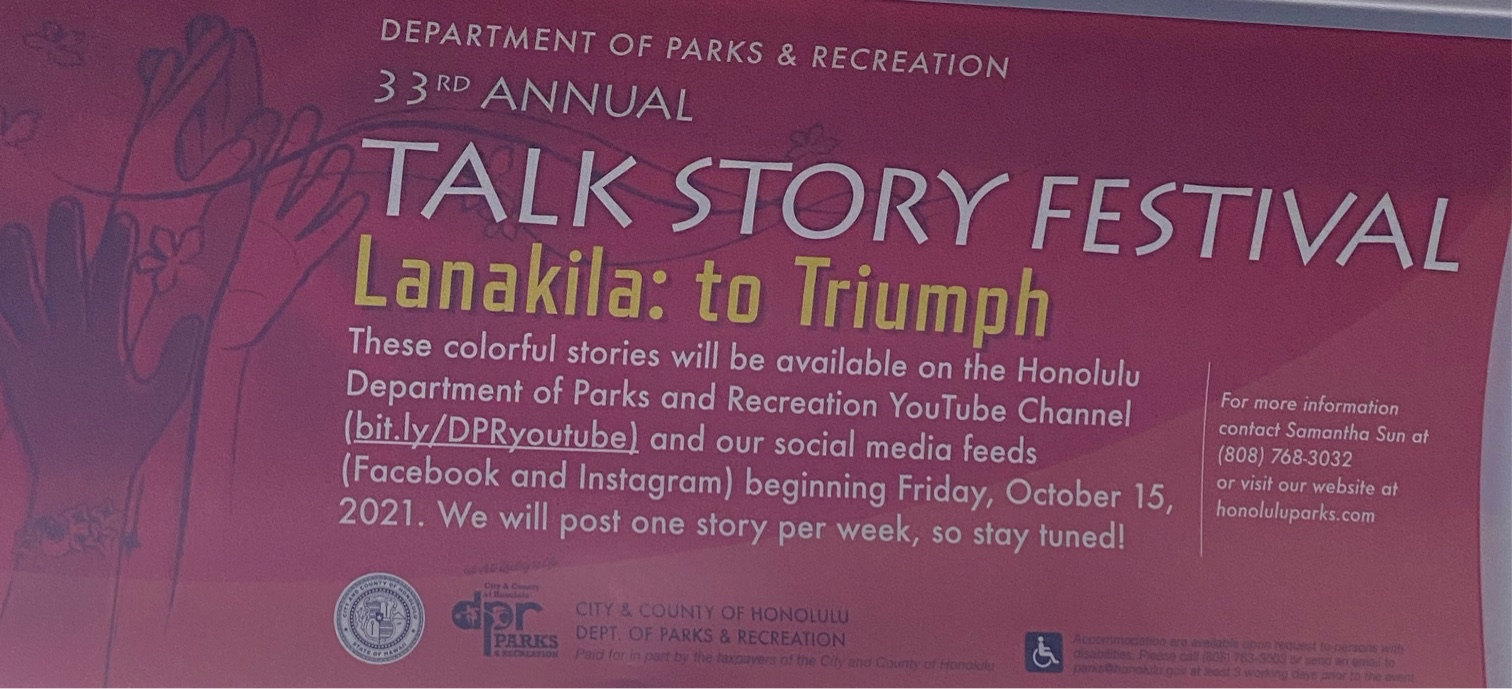
|
44125
|
|
United States
Honolulu
|
|
|
This is another poster on The Bus. We see the phrase “Talk Story”. The intended audience is most likely the locals of the community AJR
|
Multilingual Hawaiʻi
|
|

|
46173
|
|
United States
Kaneohe
|
|
|
Showing the beauty/teaching about Hawaii wildlife as well as hoping to protect them. Message can be for locals and tourist as well because some English translation in certain parts can be found on other images. LM
|
Multilingual Hawaiʻi
|
|

|
47197
|
|
United States
Mililani
|
|
|
EL-S Checkup #3: The Hawaiian being used is Kuahelani, it’s letting you know what road you are on and where you are heading. The domain is the road heading towards Mililani. The audience is drivers and depending on if they want to head towards Mililani or going back to Waikele.
|
Multilingual Hawaiʻi
|
|
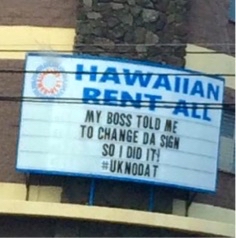
|
39006
|
|
United States
Honolulu
|
|
|
—
|
Multilingual Hawaiʻi
|
|
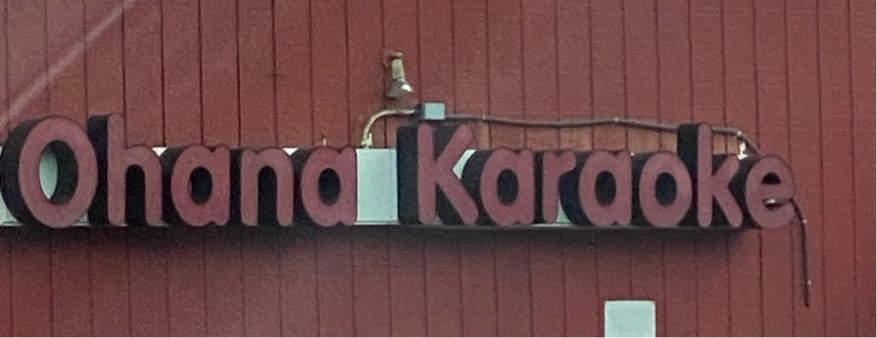
|
44126
|
|
United States
Waimanalo
|
|
|
This is the name of a Karaoke bar up in Waimanalo. The use of “Ohana” in this is most likely to catch the eyes of locals and incorporate a more welcoming feel for the business. The intended audience is also the locals of the community. AJR
|
Multilingual Hawaiʻi
|
|

|
46174
|
|
United States
Honolulu
|
|
|
Poster at the doctors office. Meant to explain being safe around children if you in fact smoke and the consequences you may receive as a result. I would say it be more for locals because people whom live and drive here on the daily are most likely to see it. LM
|
Multilingual Hawaiʻi
|
|

|
47198
|
|
United States
Honolulu
|
|
|
The domain in this photo is branding and commodification. The Pidgin on this book is “pass on, no pass back”. This is a reference to a game that the author used to play as a child. It is when someone punches u in the arm and u have to pass it on to someone else. The intended audience is Pidgin speakers and those who are interested in the language of Pidgin. It is printed on card-stock and paper. The implied message is to show many short stories of the author in Pidgin. - CQ
|
Multilingual Hawaiʻi
|
|
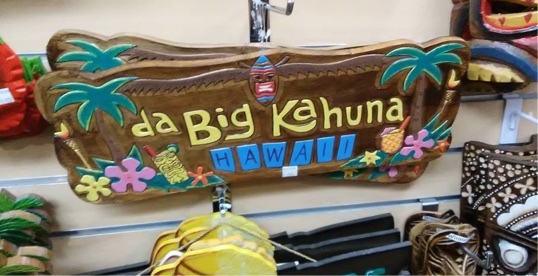
|
39007
|
|
United States
Honolulu
|
|
|
—
|
Multilingual Hawaiʻi
|
|
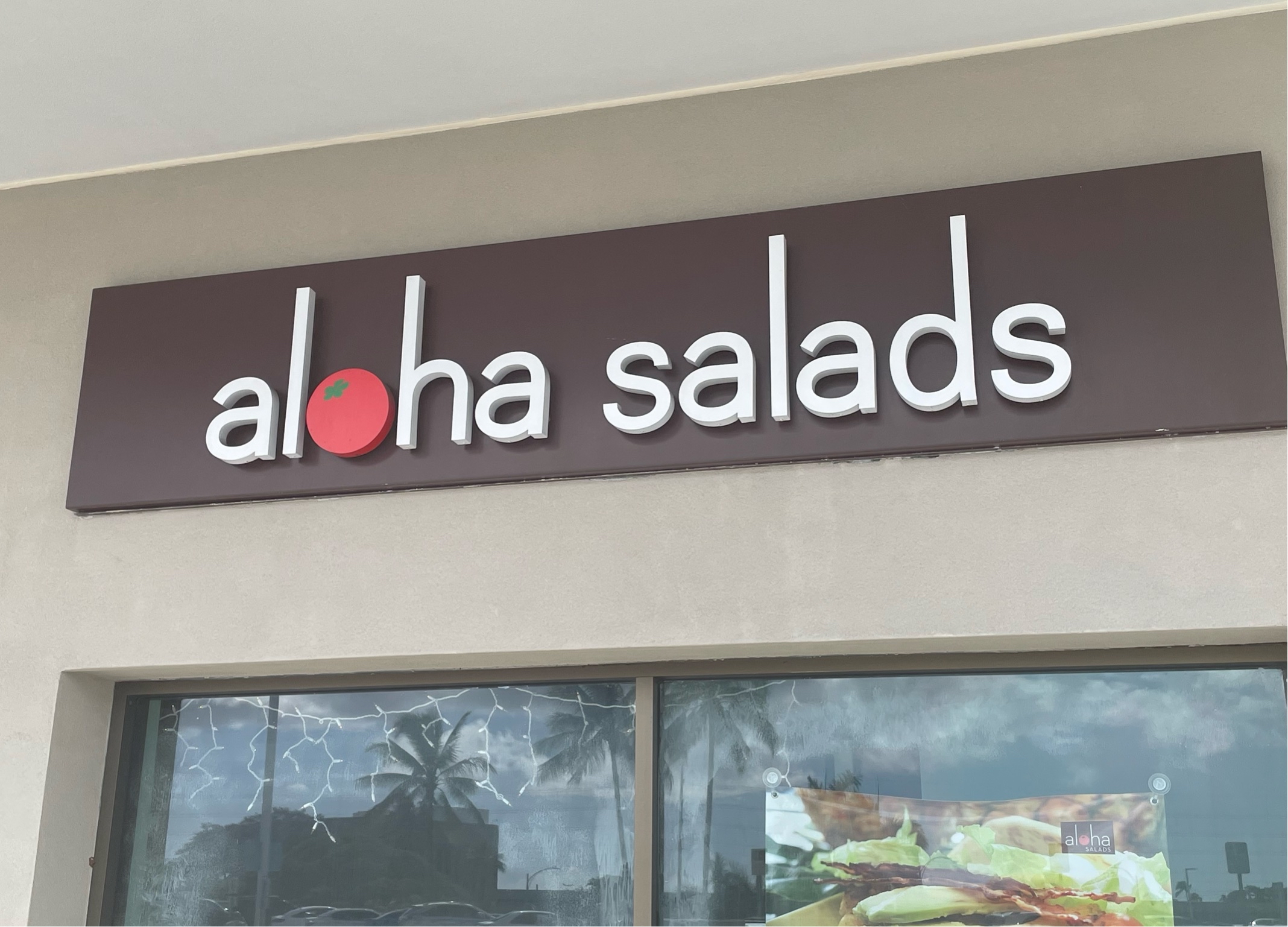
|
47199
|
|
United States
Aiea
|
|
|
EL-S Checkup #3: This is taken at Downtown Pearlridge. The title means “welcome” to the salad bar. The Hawaiian that everyone knows is Aloha. The domain is a shopping center. The audience is shoppers and locals.
|
Multilingual Hawaiʻi
|
|